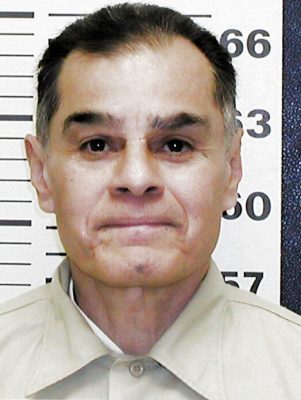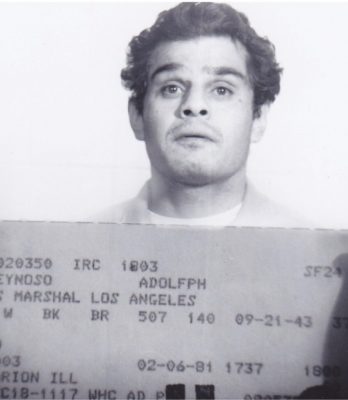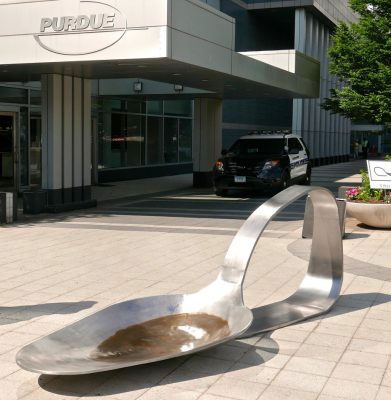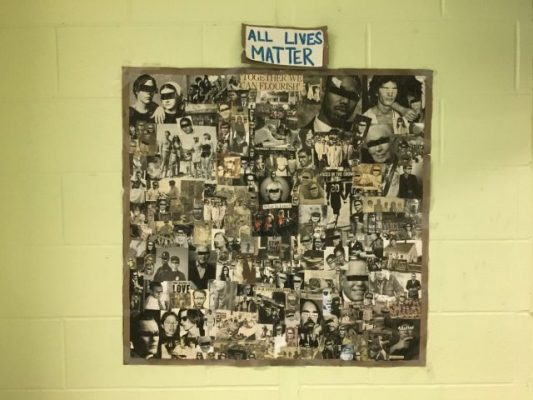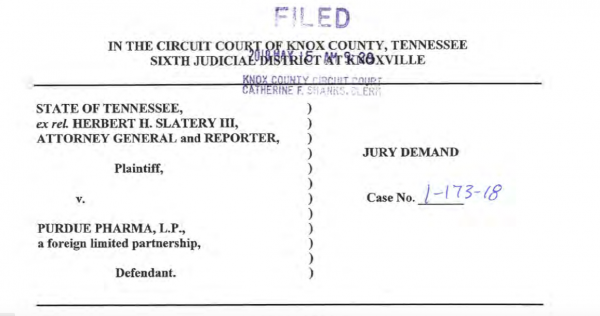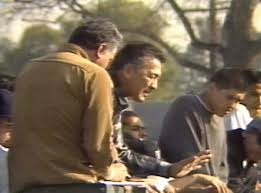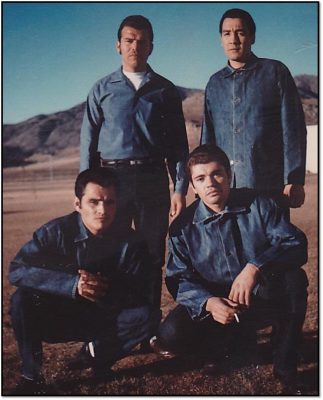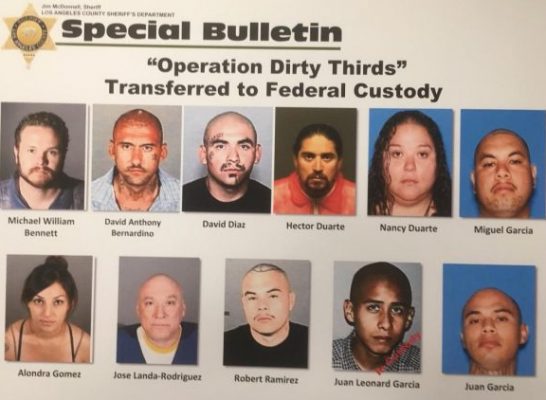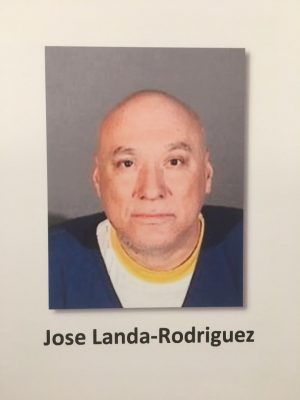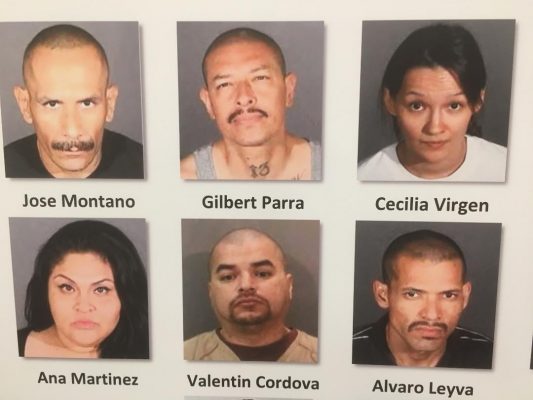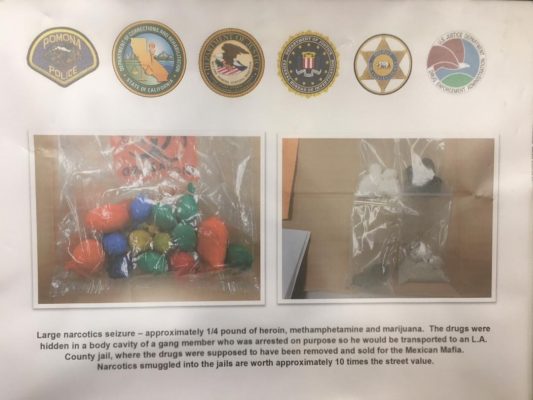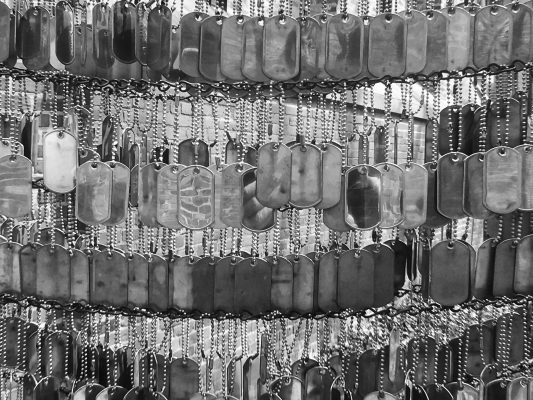In Los Angeles, Craigslist has emerged in the last few months as a major new marketplace for illicit fentanyl.
The online classified ad service has for several years been a virtual street corner, a place where drugs are sold under lightly veiled pseudonyms: black-tar heroin (“roofing tar”), crystal methamphetamine (“clear sealant”), or generic and most likely counterfeit oxycodone 30 mg pills (“M30”).
But fentanyl, the deadliest of them all, is a new arrival, apparently within the last year, and for the moment appears to be for sale on Craigslist only on its Los Angeles site.
A search of Los Angeles Craigslist revealed numerous listings for fentanyl code words “China White Doll” or “White China Plates” or “China White Dishes.” A few were even more brazen: China “fenty fent” White read one. The ads usually display no photographs or images other than maps of the areas the vendors purport to serve.
The search did turn up numerous ads of what appeared to be vendors of actual dinnerware; these included photographs of plates, bowls, teacups.
But other ads were like this one, from a West Hollywood vendor, who advertised under the headline, “White China Christmas Edition – $100”:
“Were you left out in the cold? Were you served fake stuff? Are you sick? Let me help you ease your pain. …Tired of the petty games or fake product being sold at a cheaper price, or waiting hours upon hours for the dude.”
Offering “Winter White Fine China,” a Sherman Oaks vendor advertised professionalism, reliability, fast service and “product testing available. No pressure to purchase.”
“Yes honest vendors still exist!” the vendor wrote. “Be cautious, stay alert & don’t get fooled! If you’re not absolutely satisfied we go our separate ways!”
“Mention #painpaingoaway for the sale prices,” read one Wilshire vendor’s ad.
Another in Gardena offered a “brand name substitute of roofing tar”: “$20/strip if you’re buying one, price breaks if you need more. White china plates also available as well, $100/half set $180/full set. TEXT ONLY PLEASE. When you contact me, please include your name, what you’re looking to purchase and if you’re mobile or if you need delivery (If delivery, include your location as well)”
Many listed the keywords that buyers might be using to find vendors: “Addys, blues, China, perks, xanax, white, coke, fent, Subs, Percocet, oxycodone, Norco, Suboxone, adderall, fentanyl, Dilaudid, tramadol.”
I sent an email to Craigslist media department requesting an interview on how and why this occurred and is allowed, but I’ve received no response.
“We’ve observed a high frequency of involvement of Craigslist in the dissemination of [illegal] drugs,” said Ben Barron, an assistant U.S. Attorney in Los Angeles who is prosecuting the region’s first Craigslist-related fentanyl death case. The case involves Andrew Madi, an alleged Craigslist heroin and fentanyl dealer who is accused of selling fentanyl that killed a buyer last summer.
Madi, 25, was indicted earlier this month on charges that he sold fentanyl to a buyer, recently out of drug treatment, who responded to his Craigslist Los Angeles ad. Barron said Madi allegedly advertised “roofing tar” (black-tar heroin). Then, via texts, Madi allegedly told the buyer he was out of roofing tar, but had “China White,” offering a money-back guarantee if the buyer was unsatisfied with his product.
When Madi texted him later asking his opinion of what he’d been sold, the buyer replied that “this white does the job for sure.” On July 6, the buyer was found dead in his apartment, with a baggie containing fentanyl nearby. Officials allege that Madi had been advertising fentanyl, heroin and Xanax on Craigslist since March.
“We have very good reason to believe that this was just one small slice of the trafficking [Madi] was doing using many email addresses and burner cellphones” on Craigslist, Barron said.
A cursory check of Craigslists in Cleveland, Cincinnati, Chicago, Seattle, Minneapolis, Charlotte, San Francisco, Palm Springs, and Las Vegas turned up only a small number of similar listings, or none at all. New York’s listing offered a handful of such ads. San Diego and Orange County Craigslists had several, though far fewer, suspect listings than did Los Angeles.
Barron suggested the reason may be related to Los Angeles’s position as a major drug hub, both from Mexico and from China, where much of the fentanyl powder is made by hundreds of chemical companies.
“Even if we don’t have the same degree of opiate overdose problem as you’d see in the Rust Belt, the drugs are flowing through here,” he said.
One long-time heroin addict, who requested anonymity, suggested the Craigslist fentanyl marketplace was due to the bust of an extensive, well-used San Fernando Valley-based heroin delivery services — known by addicts and police as Manny’s Delivery Service — in December, 2017. Addicts and mid-level dealers from as far away as Anaheim and Bakersfield were said to patronize the service.
The service reputedly did not sell fentanyl, but the addict said many people have switched to fentanyl after Manny’s cheap, potent heroin, and the organization’s convenient delivery, were no longer available — though other services have stepped into the vacuum Manny’s left behind.
The Craigslist ads for fentanyl, he noted, began popping up not long after Manny’s was taken down by local and federal authorities. The cases against 16 defendants in the Manny’s indictment are still winding their way through court.
Fentanyl might have arrived anyway, said the user, given its advantages as an underworld drug. “But I can tell you without a doubt what has happened to the L.A. dope scene since they were busted: Fentanyl is everywhere. There’s a lot of people who are choosing to use fentanyl,” he said in a telephone interview.
If you have any stories of buying fentanyl, heroin, or other illegal drugs on Craigslist, or from Manny’s Delivery Service, please feel free to comment below, or contact me at samquinones7@yahoo.com.
Fentanyl is a legitimate medical painkiller – a synthetic opioid – used often in cardiac surgery and to control chronic pain. But it is up to a hundred times more potent than morphine and highly addictive, and thus has become a street drug as America’s epidemic of opiate addiction has spread in recent years. The epidemic began with doctors overprescribing narcotic pain pills. Many patients grew addicted to those pills and some of them switched to heroin, which is mostly from Mexico or Colombia. Recently, though, traffickers have turned to fentanyl as a heroin substitute because it is cheaper to manufacture and, due to its potency, easier to smuggle in small quantities.
Public health and law enforcement officials attribute the record overdose-death rates of the last few years to widespread addiction to opiates across the United States and the arrival of illicit fentanyl – often in powder form – on the streets in response.
Fentanyl has become widely offered for sale on the Dark Web — that part of the Internet that requires a special connection and expertise to connect to. But Los Angeles appears to be the first place where the drug is offered on the open web.
The emergence of the Craigslist fentanyl marketplace is alarming, Barron said, because at least “on the Dark Web, there’s a degree of sophistication involved in that, whereas anybody can use Craigslist.”
UPDATE: As of March 25, 2019, Craigslist in Los Angeles, as well as in other cities I checked, appeared to have stopped the drug-dealing ads under the terms “china white,” “roofing tar,” and “clear sealant ” – though a small number could still be found for “M30.”







